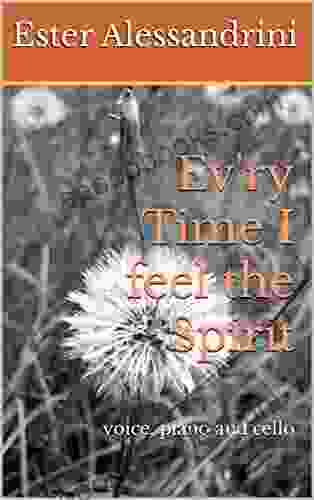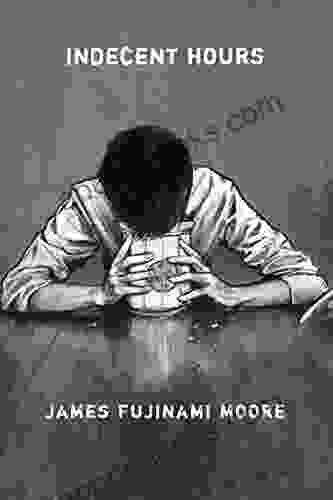The Long Take in Noir Narrative: Exploring the Visual and Emotional Impact

In the world of film and literature, the "long take" has emerged as a powerful storytelling device, particularly within the genre of noir. This extended, uninterrupted shot, which can range from several seconds to minutes, invites viewers into the character's subjective experience, offering an immersive and emotionally resonant glimpse into their inner world. In the noir genre, the long take has become an indispensable tool, enhancing the atmosphere of suspense, paranoia, and moral ambiguity that defines this distinctive form of storytelling.
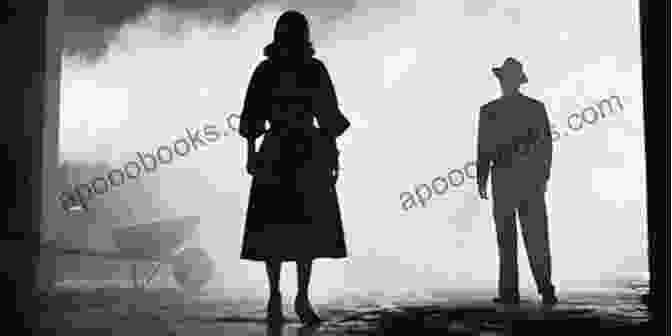
4.3 out of 5
| Language | : | English |
| File size | : | 11207 KB |
| Text-to-Speech | : | Enabled |
| Screen Reader | : | Supported |
| Enhanced typesetting | : | Enabled |
| Word Wise | : | Enabled |
| Print length | : | 253 pages |
The Visual Impact of the Long Take
One of the primary effects of the long take in noir narrative is its ability to draw viewers into the visual world of the story. By eliminating the interruptions of editing, the long take creates a continuous, immersive experience that allows viewers to fully absorb the setting and atmosphere. In noir, this visual immersion often complements the genre's signature use of shadows, rain-slicked streets, and claustrophobic interiors, enhancing the sense of unease and entrapment.
The long take also amplifies the impact of key visual motifs. For instance, in the classic noir film "The Third Man" (1949),director Carol Reed employs a long take to showcase the labyrinthine sewers of Vienna, where the protagonist is pursued by the enigmatic Harry Lime. The extended shot not only immerses viewers in the physical space but also reinforces the sense of danger and isolation that permeates the film's atmosphere.
The Emotional Impact of the Long Take
Beyond its visual impact, the long take also plays a crucial role in shaping the emotional resonance of noir narratives. By maintaining the unbroken perspective of a single character, the long take allows viewers to experience their emotions and thought processes in an intimate and uninterrupted way. This technique can generate intense feelings of empathy, anxiety, and tension, as viewers become invested in the protagonist's journey and share their subjective experiences.
In Alfred Hitchcock's seminal noir thriller "Vertigo" (1958),the long take is used to convey the protagonist's psychological torment as he becomes obsessed with a woman who resembles his deceased lover. The extended shots linger on the character's haunted expressions and dizzying surroundings, creating a palpable sense of unease and disorientation.
Masters of the Noir Long Take
The long take has been a defining feature of noir cinema since its inception. Some of the most acclaimed noir directors have masterfully employed this technique to enhance the genre's unique atmosphere and storytelling. Alfred Hitchcock, known for his suspenseful masterpieces, frequently incorporated long takes into his noir films, including "Shadow of a Doubt" (1943) and "Strangers on a Train" (1951).
Another influential noir director, Orson Welles, used the long take to create memorable and iconic moments in his films. In "Citizen Kane" (1941),the opening long take introduces the protagonist's lavish estate, "Xanadu," establishing the film's themes of wealth, power, and isolation.
The Long Take in Literary Noir
The influence of the long take has extended beyond cinema into the realm of literary noir. Crime writers have recognized the power of this technique to immerse readers in the subjective experiences of their characters and heighten the atmosphere of suspense and dread.
Dashiell Hammett, one of the pioneers of hardboiled detective fiction, employed the long take in his novels to create a sense of immediacy and realism. In "The Maltese Falcon" (1930),Hammett's long takes follow the protagonist, Sam Spade, as he navigates the dangerous underworld of San Francisco, capturing the gritty atmosphere and fast-paced action of the story.
The Long Take in Contemporary Noir
The long take remains a vital element in contemporary noir storytelling, both in film and literature. Modern noir directors such as David Fincher and Denis Villeneuve have embraced the technique to create visually stunning and emotionally resonant films. Fincher's "Seven" (1995) and Villeneuve's "Prisoners" (2013) feature extended long takes that enhance the films' dark and oppressive atmospheres.
In literature, contemporary noir authors like Dennis Lehane and Megan Abbott have incorporated the long take into their narratives to create immersive and character-driven stories. Lehane's "Mystic River" (2001) and Abbott's "The End of Everything" (2011) use long takes to explore the complexities of trauma and guilt, drawing readers into the characters' inner worlds.
The long take has established itself as an indispensable narrative device in noir storytelling, both in film and literature. Its ability to immerse viewers and readers in the visual and emotional world of the story, amplify key motifs, and convey the protagonist's subjective experiences makes it a powerful tool for enhancing suspense, tension, and empathy. As noir continues to evolve and adapt to contemporary sensibilities, the long take will undoubtedly remain a central element in shaping the genre's unique and captivating atmosphere.
4.3 out of 5
| Language | : | English |
| File size | : | 11207 KB |
| Text-to-Speech | : | Enabled |
| Screen Reader | : | Supported |
| Enhanced typesetting | : | Enabled |
| Word Wise | : | Enabled |
| Print length | : | 253 pages |
Do you want to contribute by writing guest posts on this blog?
Please contact us and send us a resume of previous articles that you have written.
 Book
Book Novel
Novel Page
Page Chapter
Chapter Text
Text Story
Story Genre
Genre Reader
Reader Library
Library Paperback
Paperback E-book
E-book Magazine
Magazine Newspaper
Newspaper Paragraph
Paragraph Sentence
Sentence Bookmark
Bookmark Shelf
Shelf Glossary
Glossary Bibliography
Bibliography Foreword
Foreword Preface
Preface Synopsis
Synopsis Annotation
Annotation Footnote
Footnote Manuscript
Manuscript Scroll
Scroll Codex
Codex Tome
Tome Bestseller
Bestseller Classics
Classics Library card
Library card Narrative
Narrative Biography
Biography Autobiography
Autobiography Memoir
Memoir Reference
Reference Encyclopedia
Encyclopedia Tracy Chapman
Tracy Chapman S Kolla
S Kolla Skye Warren
Skye Warren Susan Howatch
Susan Howatch Richard W Waterman
Richard W Waterman Ryan Fraley
Ryan Fraley Kathleen Ball
Kathleen Ball Theresa Milstein
Theresa Milstein Evelyn Hughes
Evelyn Hughes Roseanna M White
Roseanna M White Ronald Reagan
Ronald Reagan Sophie Ratcliffe
Sophie Ratcliffe Johann Wolfgang Von Goethe
Johann Wolfgang Von Goethe Kris Wolfe
Kris Wolfe Jane Porter
Jane Porter Sherry Quan Lee
Sherry Quan Lee Lily Chu
Lily Chu Jay Rogoff
Jay Rogoff Solomon Carter
Solomon Carter Zaneta Dudley
Zaneta Dudley
Light bulbAdvertise smarter! Our strategic ad space ensures maximum exposure. Reserve your spot today!
 Emanuel BellFollow ·12.9k
Emanuel BellFollow ·12.9k Dwayne MitchellFollow ·2.2k
Dwayne MitchellFollow ·2.2k Dale MitchellFollow ·2.5k
Dale MitchellFollow ·2.5k Ryan FosterFollow ·13.1k
Ryan FosterFollow ·13.1k Aaron BrooksFollow ·11.7k
Aaron BrooksFollow ·11.7k Steven HayesFollow ·6k
Steven HayesFollow ·6k Jonathan HayesFollow ·8.3k
Jonathan HayesFollow ·8.3k Italo CalvinoFollow ·11.5k
Italo CalvinoFollow ·11.5k
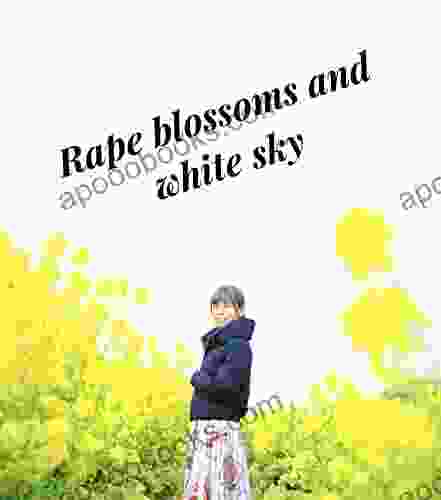
 Harry Cook
Harry CookRape Blossoms and White Sky: A Floral Symphony of...
A Kaleidoscope of Colors...
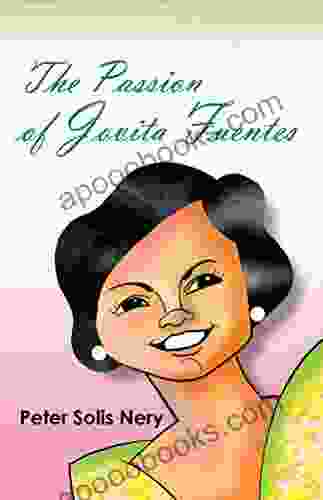
 Vic Parker
Vic ParkerThe Passion of Jovita Fuentes: Unveiling the...
Immerse yourself in the...

 Cormac McCarthy
Cormac McCarthySinners and Saints: A Dark New Adult High School Bully...
Sinners and Saints is...
4.3 out of 5
| Language | : | English |
| File size | : | 11207 KB |
| Text-to-Speech | : | Enabled |
| Screen Reader | : | Supported |
| Enhanced typesetting | : | Enabled |
| Word Wise | : | Enabled |
| Print length | : | 253 pages |







